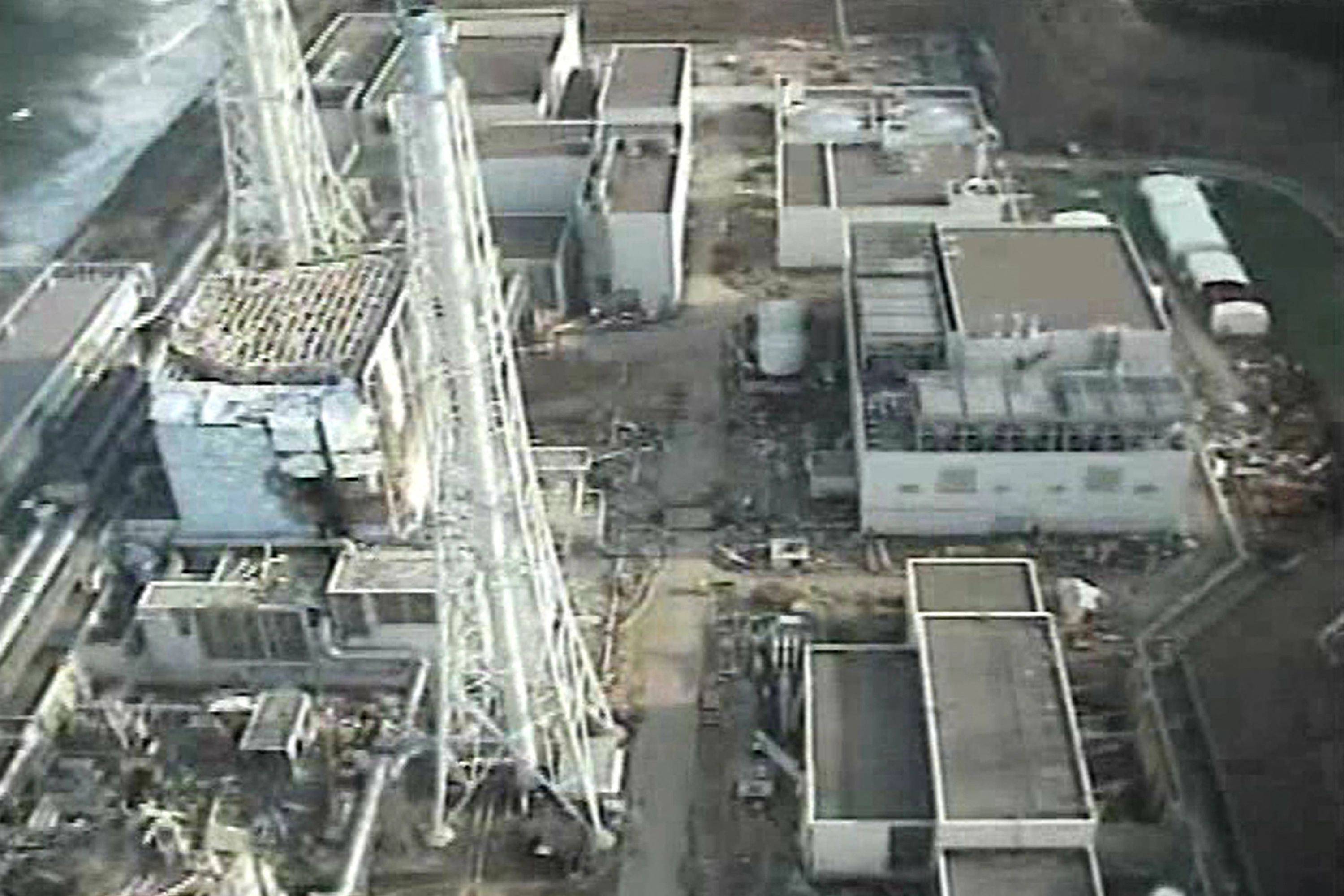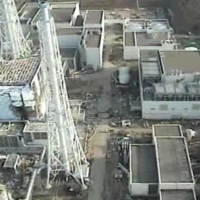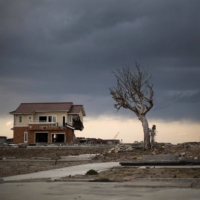Ten years after the worst nuclear accident since Chernobyl, land Japan identified for cleanup from the triple reactor meltdown of the Fukushima No. 1 power plant remains contaminated, according to a report from Greenpeace.
On average, just 15% of land in the "Special Decontamination Area,” which is home to several municipalities, has been cleaned up, according to the environmental advocacy group’s analysis of government data. That’s despite the government’s claims that the area has largely been decontaminated, the group said.
In addition, Greenpeace said its own radiation surveys conducted over the last decade have consistently found readings above government target levels, including in areas that have been reopened to the public. The lifting of evacuation orders in places where radiation remains above safe levels potentially exposes people to an increased risk of cancer, the report said.
"The contamination remains and is widespread, and is still a very real threat to long term human health and the environment,” the report said.
Japan’s Ministry of Environment wasn’t immediately available for comment. Decontamination efforts have reduced radiation levels in residential areas by an average of 76%, according to the ministry’s website, which has compiled monitoring data through 2018. Fukushima Prefecture wasn’t immediately available for comment.
More than 160,000 people were evacuated from the area surrounding the Fukushima nuclear plant after a magnitude 9 earthquake, the biggest ever recorded to hit Japan, caused a massive tsunami that overwhelmed the plant. While the government has been steadily lifting evacuation orders on towns since 2014, roughly 36,000 people are still displaced.
Greenpeace recommended that Japan suspend the current return policy, which "ignore science-based analysis, including potential lifetime exposure risks to the population” and abandon plans to lift evacuation orders in six municipalities.



















With your current subscription plan you can comment on stories. However, before writing your first comment, please create a display name in the Profile section of your subscriber account page.